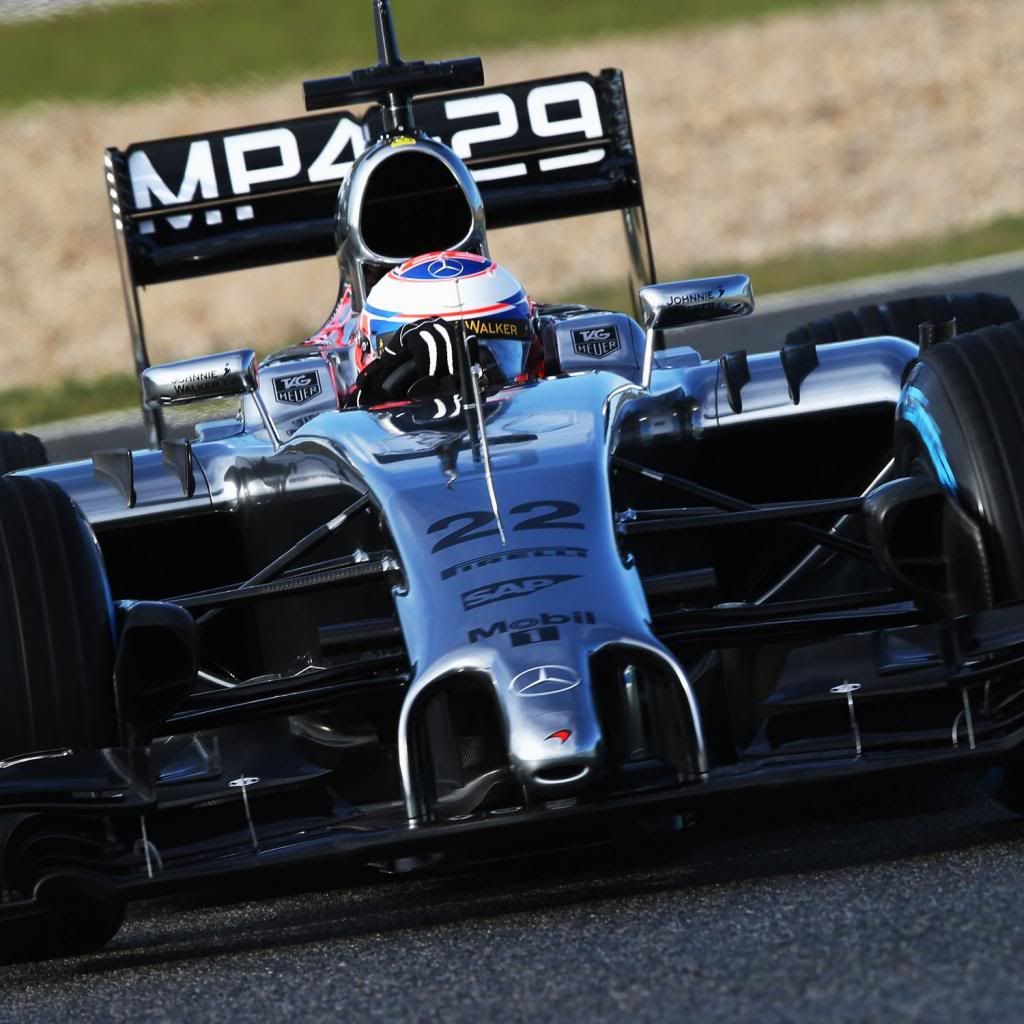beelsebob wrote:Harsha wrote:Sorry for being a noob but what does a F1 chassis consists off?
How much a small damages like hairline cracks in chassis effects the car ?
The chassis is the monocoque, engine and gearbox bolted together. The monocoque is where cracks tend to be found, and it's made of layers of carbon fibre. As I understand it, most teams use a honeycomb layer sandwiched between two surface layers to get the required strength. A crack in it can lead to unwanted flexing in odd places and have all kinds of odd effects on handling.
Or has negligible effect or no effect at all.
Routine "structural integrity" check and routine chassis change. It can mean something and it can mean nothing that's why it's so useful. Using Red Bull 2010 as an example: change of chassis was planned in advance (cracks or no cracks, reliability rather than performance) and they didn't even try to make a connection - just put two occurrences together, Webber winning races\ch. change, connections were made (up) by themselves. Now it looks like a repeat, but this time they announce it before any defects are detected. Wouldn't it be sensible to talk about it after discovering them and not before?

There was no straightforward explanation tying chassis with any measurable (time) performance deficiencies. 1. There were none visible (deficiencies), except (maybe) Monaco race pace. 2. No quotes from technical staff about the connection except Newey's "it played with Vettel's senses" whatever that means. 3. No complaints from the driver about balance (again except Monaco race). Later patched-up chassis in question was given to Webber AFAIR.




